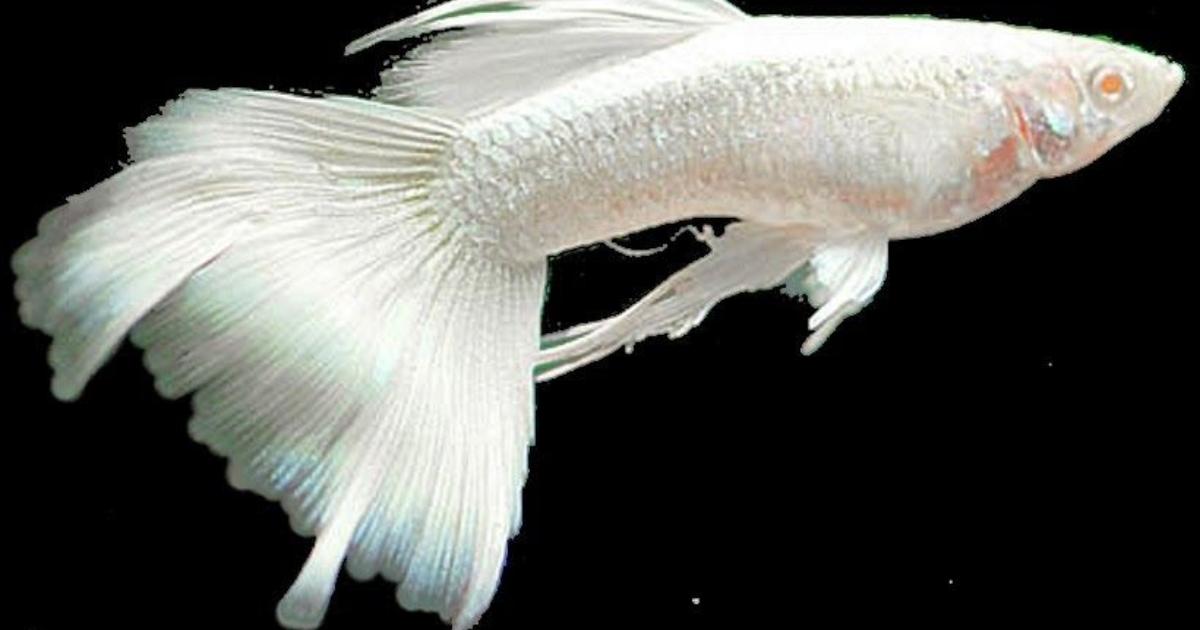Discover the secrets to achieving a pristine and healthy fish tank by banishing the pesky white fungus that plagues your aquatic haven. Like a stubborn intruder, white fungus can disrupt the harmony of your underwater paradise, causing harm to your beloved fish and invertebrates. In this article, we will delve into the causes of this unwelcome visitor, offering effective treatments and prevention methods. Join us on this journey towards a thriving and vibrant aquarium community, where every creature can truly belong.
Key Takeaways
- Proper treatment of white fungus in a fish tank requires the use of antifungal medications containing active ingredients like Malachite Green or Methylene Blue.
- Adjusting water parameters to create an unfavorable environment for fungus growth is an important step in getting rid of white fungus in a fish tank.
- Regular maintenance, including maintaining optimal water quality, performing regular water changes, and ensuring good filtration, is crucial for preventing white fungus.
- It is important to identify the specific type of fungus before taking action, as not all types of white fungus are harmful to fish.
Key Takeaways
Consider upgrading the filter or adding additional filtration media to enhance water circulation and remove excess organic matter. If you’re an avid angler, you might also want to explore effective strategies like Fish a Jig for Bass to keep both your tank and your fishing experiences thriving.
Thirdly, maintaining good hygiene is important. Regularly clean the tank, including the substrate, decorations, and equipment, to prevent the buildup of debris and bacteria. Lastly, quarantine new fish before introducing them to the main tank to prevent the spread of any potential diseases or infections. By following these key takeaways, fishkeepers can ensure a healthy and fungus-free environment for their beloved aquatic pets.
Introduction to White Algae
White algae, also known as white fuzz or cotton-like growth, is a common issue that fishkeepers may encounter in their aquariums. This type of algae appears as a white, fluffy substance that can cover various surfaces in the tank, including plants, decorations, and even glass. It is often a result of excess nutrients in the water, such as high levels of nitrates and phosphates.
White algae can be unsightly and may also indicate an imbalance in the tank’s ecosystem. It is important to address this issue promptly to maintain a healthy and visually appealing aquarium. In the next section, we will explore what white fungus is and how it differs from white algae, helping you to better understand and address these common aquarium problems.
What Is White Fungus
White fungus, also known as fungal growth or mold, is a common issue that can occur in fish tanks and is often a result of poor water quality and improper tank maintenance. It appears as a white, cotton-like substance that covers various surfaces in the tank, including decorations, plants, and even the fish themselves. This fungus thrives in moist environments and can quickly spread if not addressed promptly. To better understand the characteristics of white fungus, refer to the table below:
| Characteristics | Description |
|---|---|
| Appearance | White, cotton-like substance |
| Causes | Poor water quality and improper tank maintenance |
| Locations | Surfaces, decorations, plants, fish |
| Spreading speed | Rapid if not treated |
The presence of white fungus in a fish tank can have harmful effects on the fish and invertebrates living in it.
Harmful Effects on Fish and Invertebrates

The presence of white fungus in a fish tank can adversely affect the health and well-being of the fish and invertebrates living within the aquatic environment. This fungus, if left untreated, can lead to various harmful effects, including:
- Respiratory Issues
- The fungus can grow on the gills of fish, obstructing their respiratory system and making it difficult for them to breathe properly.
- Skin Irritation and Infections
- Fish and invertebrates may experience skin irritation and infections when the white fungus attaches to their bodies. This can lead to discomfort, reduced immunity, and stress.
Fish keepers need to address the presence of white fungus promptly to prevent these harmful effects and ensure the well-being of their aquatic pets. Regular tank maintenance, water quality management, and timely treatment are necessary to maintain a healthy environment for the fish and invertebrates.
Causes of White Fungus in Fish Tank
To better understand the causes of white fungus in a fish tank, it is essential to examine the factors that contribute to its growth and development. Several factors can lead to the appearance of white fungus in a fish tank. One common cause is poor water quality, which can be a result of inadequate filtration or irregular water changes. Additionally, high levels of organic matter in the tank, such as uneaten food or decaying plants, can provide a favorable environment for fungus to thrive.
Stress and weakened immune systems in fish can also make them more susceptible to fungal infections. Understanding these causes will help fish tank owners take appropriate measures to prevent or address the growth of white fungus. In the next section, we will explore the various treatment options for white fungus in a fish tank.
Treatment for White Fungus
One effective approach to addressing white fungus in a fish tank is through the use of appropriate antifungal medications. These medications can help eliminate the fungus and prevent its further spread. Here are some treatment options that can help you combat white fungus in your fish tank:
- Medication: Antifungal medications, such as those containing active ingredients like Malachite Green or Methylene Blue, can be effective in treating white fungus. Follow the instructions provided with the medication for proper dosage and administration.
- Water parameter adjustments: Maintaining proper water parameters, such as pH and temperature, can create an environment that is less favorable for the growth of white fungus.
Prevention of White Fungus
Effective prevention of white fungus in a fish tank involves maintaining optimal water quality and implementing proper hygiene practices. Maintaining optimal water quality includes regularly testing and monitoring the pH levels, temperature, and ammonia and nitrate levels in the tank. It is important to provide a clean and healthy environment for the fish by performing regular water changes and ensuring good filtration.
Additionally, proper hygiene practices such as cleaning the tank, decorations, and equipment regularly with aquarium-safe cleaning solutions can help prevent the growth and spread of white fungus. By following these preventive measures, fish owners can significantly reduce the risk of white fungus in their tanks and ensure the well-being of their aquatic pets. Now, let’s address some common misconceptions about white fungus in the next section.
Common Misconceptions About White Fungus

Contrary to popular belief, there are several common misconceptions surrounding white fungus in fish tanks that need to be addressed. Fish enthusiasts need to have accurate information to maintain a healthy environment for their aquatic pets. Here are some common misconceptions about white fungus:
- Misconception 1: White fungus is a disease that only affects fish. In reality, white fungus can also affect other organisms in the tank, such as plants and decorations.
- Misconception 2: White fungus is always harmful to fish. While some types of white fungus can be detrimental to fish health, not all are dangerous. It is crucial to identify the specific type of fungus before taking any action.
Conclusion and Final Thoughts
To summarize the information presented, understanding the misconceptions surrounding white fungus in fish tanks is crucial for maintaining a healthy aquatic environment. It is important to debunk the belief that white fungus is always harmful to fish. While in some cases it can be a sign of a serious health issue, such as a bacterial or fungal infection, it can also be a natural occurrence that poses no threat to the fish.
Another misconception is that white fungus can be eliminated by simply cleaning the tank. While regular maintenance is necessary, treating the underlying cause is essential for long-term prevention. Additionally, it is important to avoid using harsh chemicals or medications without proper diagnosis, as this can harm the fish and disrupt the delicate balance of the tank. By understanding these misconceptions and taking appropriate measures, fish keepers can maintain a harmonious and healthy aquatic environment for their beloved pets.
Frequently Asked Questions
Can White Fungus Be Harmful to Humans if They Come Into Contact With It?
White fungus in a fish tank is a common issue that can harm fish by causing infections. However, in most cases, it is not harmful to humans if they come into contact with it.
Is White Fungus Contagious and Can It Spread to Other Fish Tanks?
White fungus in fish tanks can be contagious and may spread to other tanks. It is important to isolate infected fish and thoroughly clean the affected tank to prevent the spread of the fungus.
Can White Fungus Affect the Water Quality in the Fish Tank?
White fungus in a fish tank can indeed affect the water quality. It can release spores and toxins that can harm the fish and disrupt the balance of the tank’s ecosystem. Regular water testing and proper maintenance are crucial to prevent such issues.
What Are Some Signs to Look Out for to Identify White Fungus in a Fish Tank?
Signs of white fungus in a fish tank include cotton-like growth on fish, decorations, or plants, as well as cloudy or discolored water. Early identification and prompt action are crucial to prevent further spread and potential harm to the fish.
Are There Any Natural Remedies or DIY Solutions to Get Rid of White Fungus in a Fish Tank?
There are natural remedies and DIY solutions available for treating white fungus in a fish tank. These methods can help eliminate the fungus and restore a healthy environment for the fish.
Conclusion
In conclusion, white fungus in a fish tank can have harmful effects on fish and invertebrates, leading to various health issues. It is important to identify the causes of white fungus and implement effective treatment methods to eliminate it. Prevention measures such as maintaining proper water conditions and regular tank maintenance can help in avoiding the growth of white fungus. It is crucial to address this issue promptly to ensure the well-being of the aquatic inhabitants.

